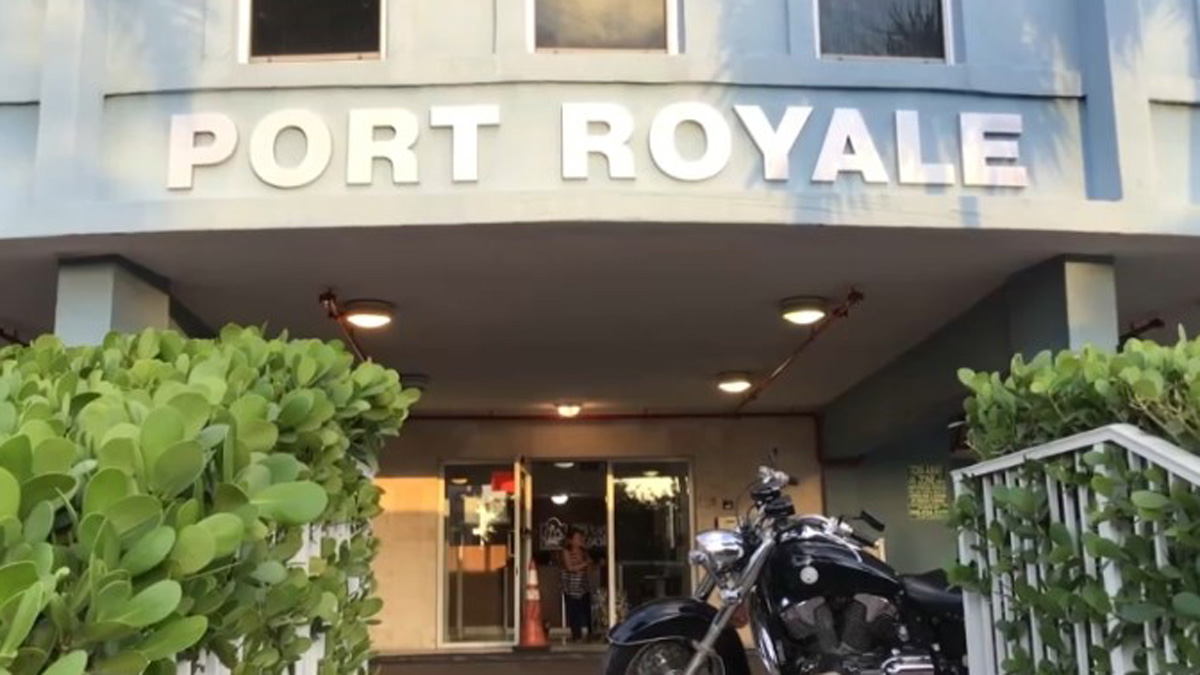University of Miami expanding campus

Advertisement

The University of Miami is advancing plans to expand and lift its Coral Gables campus buildings with the construction of new projects with just a few delays.
During the summer, the Florence Ruth Hecht Residential College site, which was built in 1968 on the shores of Lake Osceola as a 12-story dorm building, was demolished, making way for the start of the construction of the Centennial Village, which will consist of a five-building, first-year village with the capacity to hold more 2,025 students, said Jessica Brumley, vice president of facilities, operations and planning.
It is announced that during summer 2024, the Stanford Residential College and the Hecht-Stanford Dining Hall will close. Residential colleges 1, 2, and a new dining hall are scheduled to open now in fall 2024, and residential colleges 3, 4, and 5 are to open in fall 2026.
The university announced the $335 million Centennial Village project in January 2019, and in December 2021 preconstruction was announced to begin, contracted and designed by VMDO Architects and Coral Gables-based Zyscovich Architects.
During the first phase of Centennial Village construction, first-year students are expected to live in Stanford Residential College, built in 1969 and now with capacity for 856 students; Mahoney Residential College, built in 1988 with capacity for 709 students; and Pearson Residential College, built in 1987 and holding 717 students, said Ms. Brumley.
Sophomores will primarily be homed in Eaton Residential College, built in 1986 with a capacity of 391 students; and Lakeside Village, which was the first project of the university’s Housing Facilities Strategic Plan, opened in fall 2020. It can hold up to 1,115 students.
Most juniors and seniors, she added, will reside in University Village, located between Red Road and San Amaro Drive, 15 to 20 minutes away from campus and holding up to 797 students.
The Centennial Village is the second phase of the modernization plan for student housing. Phase 3 includes renovations and modernization of Eaton, Mahoney and Pearson residential colleges.
Additionally, the Knight Center for Music Innovation, now rising, is set to open in spring 2023 as a 25,000-square-foot “state-of-the-art performance and technology center” at UM’s Phillip and Patricia Frost School of Music, said a March press release. The $34 million building is designed by Arquitectonica’s H3, which specializes in theater, performing arts and cultural architecture.
The project would have a 200-seat recital hall, a large black box “innovation space”, recording capabilities, lighting, and broadcast technology, as part of the university’s $2.5 billion Ever Brighter campaign, which is dedicated to creating positive change through philanthropy and community involvement. It would also have outdoor performance spaces and a landscaped Newman Plaza, which would be activated with live music and a 20-foot-by-40-foot LED “window cast” system for broadcasting.
The Center for Music Innovation would be “an exquisite expression of the Knight Foundation’s enduring impact on the University of Miami and our South Florida community,” said UM President Julio Frenk in a press release.
The Frost Institute for Chemistry and Molecular Science, east of McLamore Fountain on Memorial Drive, is now set to open in the fall, a push from the scheduled summer opening, after construction which began last October.
The institute, which costs $60 million, would be a 94-square-foot, five-story lab facility, the first of a group of interdisciplinary research centers operating under UM’s Frost Institute for Science and Engineering.
The Institute is designed by Florida-based firm Harvard Jolly Architecture and constructed by Skanska, builders of the Frost School of Music’s Patricia Louise Frost Studios. It will include an innovation lab for research and residential space for students, and a 15,000-square-foot wet lab on the third floor, with moveable benches and fixtures. There are current plans for a fourth and fifth floor, which would begin after opening of the institute, to accommodate another 15,000 square feet of labs.
Development of the site started in 2017, thanks to a $100 million gift from Philip and Patricia Frost to the university to create a research hub focused on scientific discovery and innovation. Mark Yeager, a chemist, biophysicist, internist, and cardiologist – with extensive research on molecular causes of heart disease and viral infections – was announced as the inaugural executive director.
“Not only will it help attract the kind of top scientists we are looking for – people who are creative, innovative, and infused with an interdisciplinary spirit,” said Leonidas G. Bachas, dean of the College of Arts and Sciences in a statement, “but it will attract graduate and undergraduate students for the opportunity to work in the labs of renown chemists and molecular researchers.”
Finally, the Theater Arts Building, a new 15,000-square-foot project designed by Mateu Architecture, which will be constructed by ANF Group, is now undergoing permitting.
“The university is still planning on breaking ground later this year,” said Ms. Brumley, after it was first announced that construction would begin in the third quarter of the year.
The project would be a two-story building that would include a theater, concessions space, wardrobe and dressing rooms, acting and dance classrooms, voice studios, and a student lounge, Miami Today previously reported.
“The university will continue to assess campus facilities and schedule improvements to existing classrooms and other campus spaces based on their need and the academic strategic plan,” said Ms. Brumley in a statement. “Our office works very closely with our construction partners to do everything we can to keep all campus construction projects both on time and at cost.”


